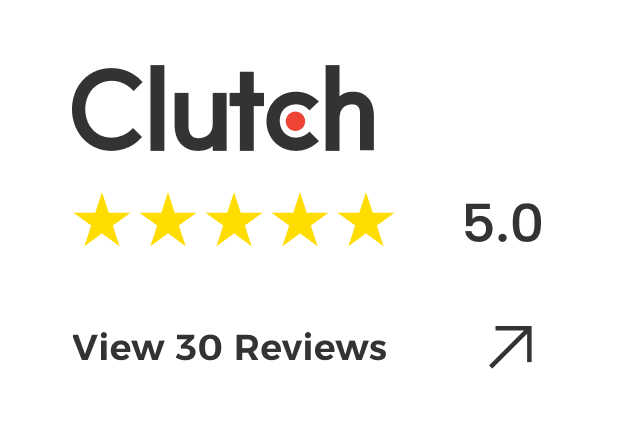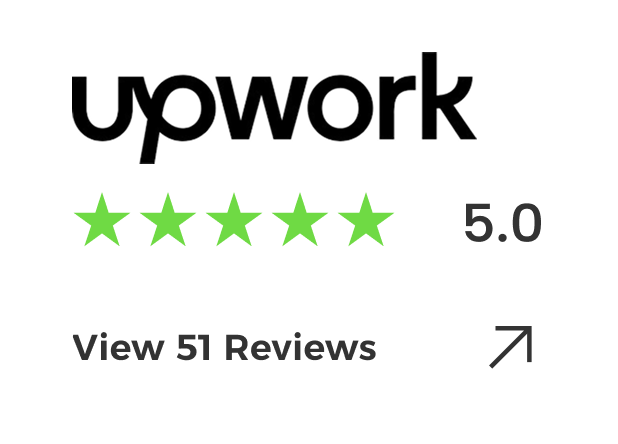How AI-powered Solutions Are Changing the Role of CTO in 2024
How AI-powered Solutions Are Changing the Role of CTO in 2024
The impact of AI on various industries manifests itself in increased efficiency and productivity. However, this technological shift will inevitably lead to disruptions and job displacement in certain sectors.
A key part of a chief technology officer’s job has become guiding their organization through complex changes. The responsibilities of a CTO vary depending on the organization.
Still, AI can undoubtedly assist with tasks related to process repeatability, continuous learning, and analysis, potentially even replacing some of these responsibilities.
While AI will undoubtedly automate some routine tasks, a CTO’s uniquely human skills around critical thinking, leadership, and strategic vision will remain invaluable.
Especially when it comes to involving creative tasks, such as developing new products, building teams, and leveraging creativity, AI still has a long way to go regarding capabilities.
Aside from operational efficiencies, AI also opens up new opportunities – but realizing this potential requires navigating tricky cultural and ethical issues.
Selecting AI tools is certainly part of the job. Correct evaluation of various options, educating the staff, and creating transparent processes take time, resources, and critical thinking. CTOs have a lot to learn.
Machines may take our routine tasks, but human strengths of character, caring, and creativity – no. What are the responsibilities that have become the core of the role of the CTO?
Implementing AI Solutions into Business Processes
The World Economic Forum Survey claims that machines perform 34% of all business-related tasks. The CTO’s role in the company’s technological transformation is to find, validate, and choose suitable AI tools for each process.
A few examples of AI tools can be helpful in different business processes:
GitHub Copilot – AI copilot for developers that helps to understand the code, suggest improvements, highlight mistakes, and help facilitate development processes.
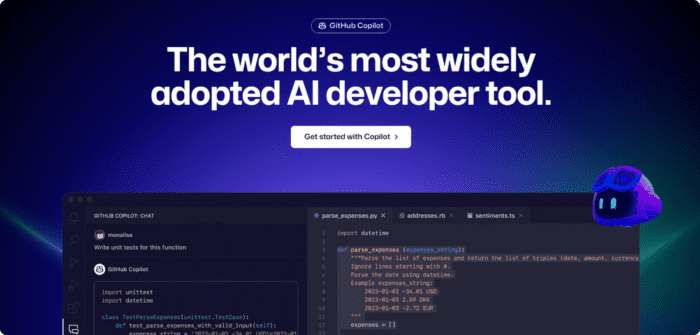
Mintlify is an AI tool created to optimize the creation and storage of documentation for the code.
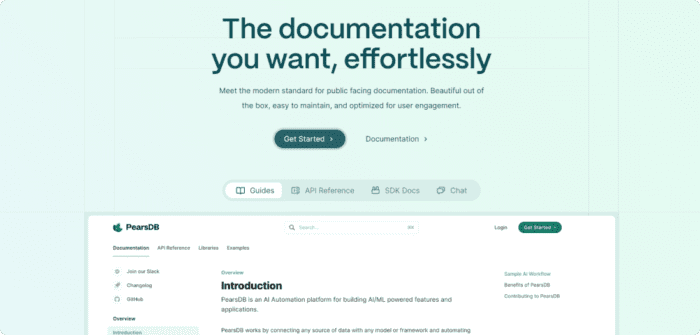
Neurons is dedicated to analyzing and predicting user behavior while interacting with different content or products that include videos, titles, web pages, buttons, and many more.

Mixpanel is another AI tool for discovering user experience for further enhancements. It uses customer journey maps as a basis and for idea validation.
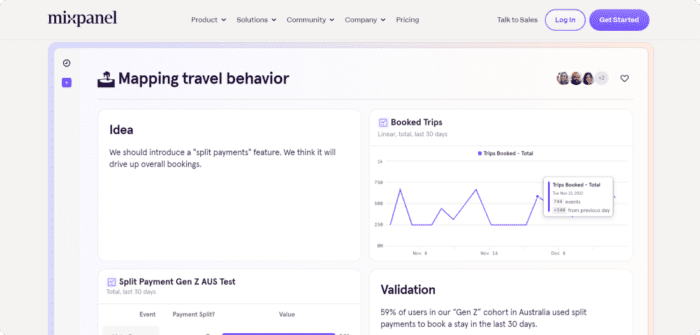
Konnecto is a tool for identifying purchase patterns and prescribing recommendations on the next best action. One more AI tool that is trusted by industry leaders when it comes to improving user experience.
UserVoice provides user insights that are particularly useful in the product discovery stage. It is a platform for users to share, vote, and discuss feedback, helping businesses understand what their customers truly want.
CheckMyIdeaAI is the AI tool for literally checking your ideas. It uses the information you provide about the idea and compares it with current trends, market situations, competitors, and other factors crucial for future success.
Figma AI is a set of AI-powered tools for designers and developers integrated into the Figma design platform. It includes features like Auto Layout, which uses machine learning to arrange design elements on a page automatically, and Design Assistant, which suggests design improvements and offers pre-made design templates.
ClickUp AI includes features like Automations, Docs, Summarising, Ideating, and many more in a single platform for management.
Jasper AI is an AI copilot for enterprise marketing teams. It started as a tool for content generation, but now it includes analytics, project and team management tools, content optimization, art creation, and many more.
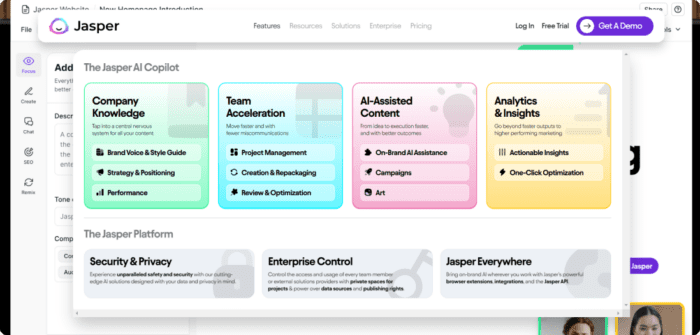
If you’re looking for more – visit the TopAI.tools website. Here are hundreds of AI tools for various purposes, and you will definitely find something that will help.
Following TRiSM Principles
The concerns around secure and trustworthy AI solutions have been all over the news in 2023. Legal limitations, data security concerns, copyright issues, ethical dilemmas, and many more questions made users assess the reliability of Artificial Intelligence and language models.
TRiSM principles have been created to eliminate these issues. TRiSM stands for Trust, Risk and Security Management. There are many documents, guides, recommendations, and even laws based on these principles, and modern CTOs should look into this topic to keep up with progress.
Cybersecurity
Cybersecurity has been among the top concerns for a few years already. Modern challenges include the rise of RaaS (Ransomware as a Service) and AI-driven attacks.
AI-driven attacks, on the other hand, use machine learning algorithms to evade detection by traditional security systems. RaaS is a type of ransomware that leverages the advantages of cloud computing for cyberattacks. Both do not demand special skills or knowledge to initiate a sophisticated attack.
Widely spread solutions to modern cybersecurity threats include:
- AI-driven security systems. Letting AI protect you from AI sounds irrational, but look at it as antibodies when you get sick. They use the nature of the virus to create protection mechanisms like when you get a vaccine. AI can predict the behavior of another AI mechanism.
- Zero Trust Security. Never trust, always verify! Zero Trust Security is a security model that assumes that all users and devices, whether inside or outside an organization’s network, are potential threats. Since the remote work model is still the most popular in the IT industry, Zero Trust Principles have become fundamental for many organizations in contrast to being a niche approach.
- Blockchain. It has become increasingly popular in FinTech and especially in IoT in 2023. It’s safe to expect its progress in 2024 too. The scheme of work of the blockchain mechanism is relatively easy, but it is one of the most efficient when it comes to preventing data tampering and reducing the risk of breaches.
Hiring the Right Person
Hiring the right fit has never been this difficult. Candidates use ChatGPT to complete test tasks, write application letters, and generate and cram the typical answers to interview questions. After a month, we see the actual level of professionalism; sometimes, that’s disappointing.
That’s why talent acquisition is one of the most valuable skills for CTOs in 2024. Validating hard skills through technical interviews is crucial, but not enough. Implement live coding interviews and use non-obvious questions for estimating soft skills.
Pay attention to how they keep their skills and knowledge current and leverage modern technologies. AI will not surely replace people in the next few years, but it can help with some work processes.
Educating the Staff
The World Economic Forum predicts that approximately half the existing workforce must be retrained and upskilled in the next five years to adapt to the changing job market.
That’s why CTOs have to not only find a good fit for open positions but also keep the skills and knowledge of current staff up-to-date.
Mentorship is always the best option for new staff, but what should CTOs do with others? The first approach is establishing knowledge sharing within the organization.
Start with small things – creating a platform to serve as a basis. Good example – Notion. It’s simple, cheap, effective, multifunctional, and has an intuitive interface. You can create the whole database using templates and imagination.
You can use this knowledge base for content creation in the future. Write comprehensive guides and blogs for your website.
The next step is to expand the knowledge sharing within the company to a more extensive scope. For example, online and virtual conferences are top-rated in many industries, and IT is no exception.
First, try to team up with other companies that are also experienced in the niche you are in. You are competitors, but not enemies. Friendly experience exchange is also a good practice for building the image and connections.
Also, consider creating your own training and educational programs or courses. This way, you will address specific needs of your organization that can be overlooked in other educational resources.
We face technological breakthroughs almost every year, and your employees’ knowledge has to keep up.
Conclusion
AI can’t replace the CTO in the company but has changed their priorities. AI tools and assistants are handy for automation and facilitating some of the business processes, but creativity and innovation are still human’s responsibility.
Selecting suitable AI tools, following TRiSM principles, finding the right hire and educating their employees, and mitigating cybersecurity risks are the main priorities of CTOs in 2024. AI brings new opportunities alongside unique challenges.

